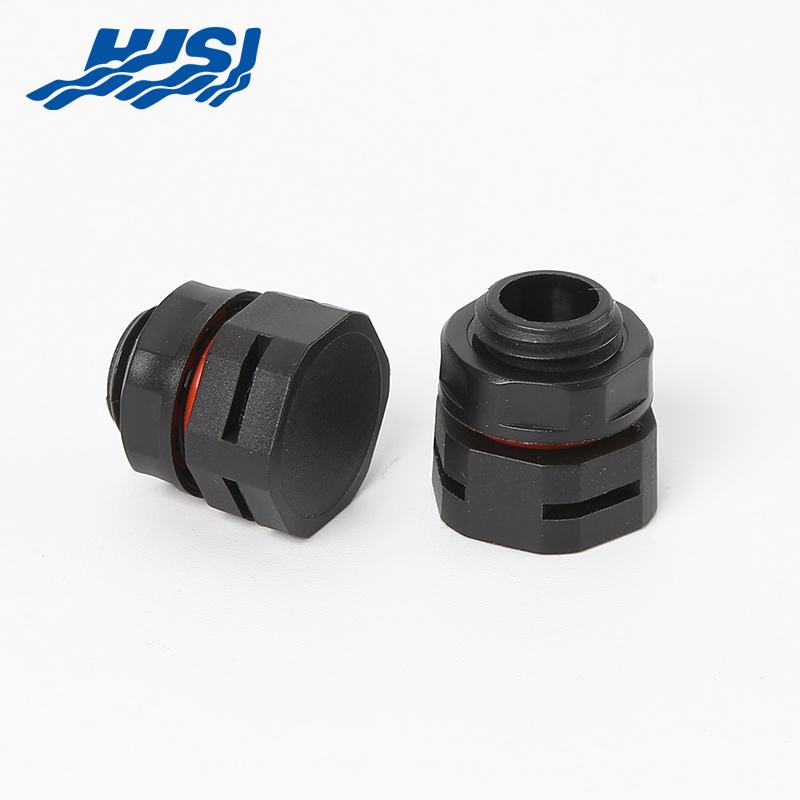In the world of industrial engineering and manufacturing, the concept of a waterproof breathable valve might seem like an oxymoron. However, this innovative technology has become a critical component in various sectors, from pharmaceuticals to food processing, ensuring safety, efficiency, and reliability. A waterproof breathable valve is a marvel of modern engineering, designed to prevent water ingress while simultaneously allowing steam to escape efficiently. This article delves into the intricacies of how these valves achieve this delicate balance.
The challenge of creating a waterproof breathable valve lies in the materials used and the engineering behind their design. These valves must be impervious to water while maintaining the ability to expel steam without hindrance. The waterproof aspect of the valve is crucial to prevent any unwanted water from entering the system, which could lead to contamination or equipment failure. On the other hand, the valve must be breathable to allow steam to pass through, which is essential for pressure regulation and heat exchange processes.
The materials used in the construction of a waterproof breathable valve are of paramount importance. High-grade polymers and advanced composites are often employed due to their excellent resistance to water and their ability to allow vapor to pass through. These materials are chosen for their durability and ability to withstand the rigors of continuous use in harsh environments. The waterproof breathable valve's design must also incorporate features that prevent water from entering while not impeding the flow of steam.
One of the key features of a waterproof breathable valve is its unique sealing mechanism. This mechanism ensures that the valve remains watertight while still allowing steam to escape. The sealing technology used in these valves is often proprietary, with each manufacturer developing their own innovations to maintain a competitive edge. The sealing mechanism must be robust enough to handle the pressure differentials that occur when steam is being released, yet flexible enough to prevent water from seeping in.

Another critical aspect of a waterproof breathable valve is its ability to withstand high temperatures and pressures. In many industrial processes, valves are subjected to extreme conditions. A waterproof breathable valve must be able to operate efficiently under these conditions without compromising its integrity. This requires the use of materials that can withstand high temperatures and pressures, as well as a design that can accommodate these conditions without failure.
The maintenance of a waterproof breathable valve is also an important consideration. These valves must be easy to clean and maintain to ensure that they continue to function effectively over time. The design of the valve should facilitate regular maintenance and cleaning, which is essential for preventing clogs and maintaining the valve's waterproof breathable properties.
In terms of performance, a waterproof breathable valve must meet stringent standards. It must be able to handle the pressures and temperatures of the processes it is involved in, while also maintaining its ability to prevent water ingress and allow steam to escape. Regular testing and quality control measures are essential to ensure that each valve meets these standards and performs as expected in real-world applications.
The application of waterproof breathable valves is vast. They are used in steam sterilization processes in the medical industry, where they help maintain a sterile environment by preventing the ingress of water while allowing steam to circulate effectively. In the food and beverage industry, these valves play a crucial role in pasteurization and sterilization processes, ensuring the safety and quality of the products.
In addition to their industrial applications, waterproof breathable valves are also used in environmental control systems. They help regulate the temperature and humidity in buildings, ensuring a comfortable and healthy environment for occupants. By allowing steam to escape while preventing the ingress of water, these valves contribute to energy efficiency and sustainable building practices.
The future of waterproof breathable valves looks promising, with ongoing research and development aimed at improving their performance and expanding their applications. Innovations in materials science and engineering are driving the development of more efficient and effective valves that can meet the demands of an increasingly complex and technologically advanced world.
In conclusion, the waterproof breathable valve is a testament to human ingenuity and the pursuit of efficiency in engineering. These valves play a vital role in a variety of industries, ensuring the safety, efficiency, and reliability of processes that rely on the delicate balance of being waterproof and breathable. As technology continues to advance, the capabilities of these valves will undoubtedly expand, further enhancing their importance in the world of industrial and environmental control.